A person with / vision is able to see letters 1/10th as large as someone with /0 vision / is not the best possible eyesight however, for example, /15 vision is better than / A person with /15 vision can see objects at feet that a person with / vision can only see at 15 feet Levels of Vision / Normal vision Diopters represent the amount of correction needed to provide /, or normal, vision The greater the degree of nearsighted or farsighted vision, the higher the corrective prescription in diopters Measurements in negative diopters refer to nearsighted vision, whereas measurements in positive diopters refer to farsighted vision A sample of 30 competitiveAll groups and messages

Visual Aquity Pdf Contrast Vision Visual Acuity
What is 20 400 vision in diopters
What is 20 400 vision in diopters-Take off your glasses 2 Use the instructions to find where the text on the screen just barely starts to blur 3 Measure the distance from your eyes to the screen at this "blurdistance" 4 Enter your current diopters (optional) 5 Enter the 'blurdistance'50 Vision In Diopters Pin On Eye Chart Pin On Health Safety Diopter Measure Measure 1 00 40 2 00 80 3 00 150 4 00 300 5 00 400 6 00 500 Measurements Golden Eyes th Astigmatism Language Translation Prescription Visions Screen Shot 16 02 27 At 1 43 24 Pm Eye Prescription Prescription Prescription Eyeglasses




Visual Acuity Wikipedia
By the time you have as little as 3 diopters of nearsightedness you will typically not be able to even read the big "E" which is /400 While it might technically be possible to create a chart with huge letters (so as to record /1,500 for example) this is impractical and in any case provides little important information What /30 Does (and Doesn't) Mean A /30 visual acuity score means you need to get closer to see things, compared to others with normal / vision These people can see an object, such as a road sign, at 30 feet You'll need to get 10 feet closer to see the same thing As the American Optometric Association explains, / vision isn'tYour units of measure are likely "diopters"If someone needs glasses for reading (because the person is far sighted), then they would be given an prescription with a digit, and note that each eye could be different (and usually is, at least slightly)An example might be left eye 15 right eye 075 If he has a negative number of diopters in his prescription, it just means he is instead
050 diopters difference for spherical vision and/or more than / 025 diopters for cylinder vision;1 Print this file at actual size using 100% scale 2 Hold the page 14 inches away from your face 3 Start reading the chart from top to bottom until you can clearlyGrace Hopper is famous for her nanoseconds visual aid People used to ask her why satellite communication took so long She started handing out pieces of wire that were just under one foot long (1180 inches) — the distance that light travels in one nanosecond
Standard Eye Prescription Measurements In all eyeglass prescriptions, diopters are used to measure add power, cylinder power, and sphere power They are always expressed in decimal form and written in increments of quarterdiopter (025D) Axis values, on the other hand, are whole numbers that are written from 1 to 180This is the inverse of the diopter formula For example, a 5 D lens has a focal length of cm (100 cm 4 5 D = cm) In general terms, focal length refers to the distance at which a lens will make an image appear to be in focus For example, using the above situation, the 5 D lens will focus Table 21 Distance/Diopter ChartDistance Visual Acuity Conversion Chart UK Decimal 5m US 6/3 5/3 /10 6/4 15 /13 6/5 12 /17 6/6 10 5/5 / 6/9 07 5/75 N48 /0 6/60 Note the near vision conversions are approximated to the nearest N equivalent Visual Acuity Conversion Chart 09/12 1 of 1 Issued By UK Civil Aviation Authority,




Eye Exams For Contact Lenses Coopervision
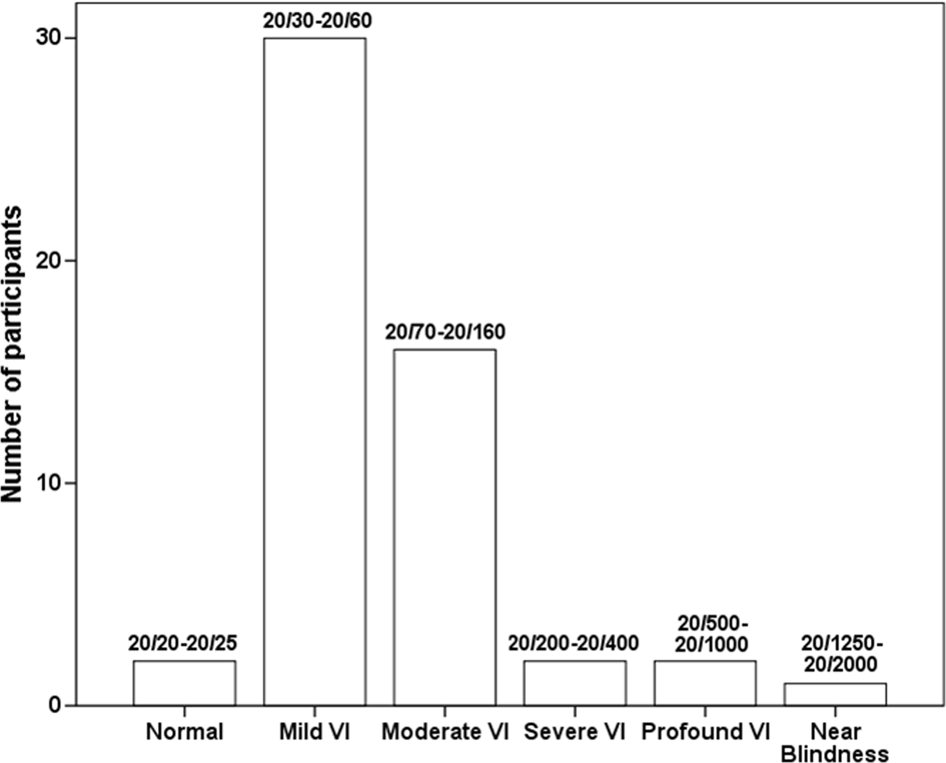



Near Vision In Individuals With Down Syndrome A Vision Screening Study Eye
4 diopters results in /300 for most people Some can still discern /0 while others cant quite see /300 5 diopters will result in a blurry /400 for many This is my pescription and I tested myself at /500 summary1 /402 /1003 /04 /3005 /400 or worse /400 is the largest E on many eyechartsHow do I measure my vision?However, it does not mean 50% vision since / sounds like it is one half of /40 If / is considered 100% visual effiency, /40 visual acuity is 85% efficient If a patient sees /0, the smallest letter that they can see at feet could be seen by a normal eye at 0 feet
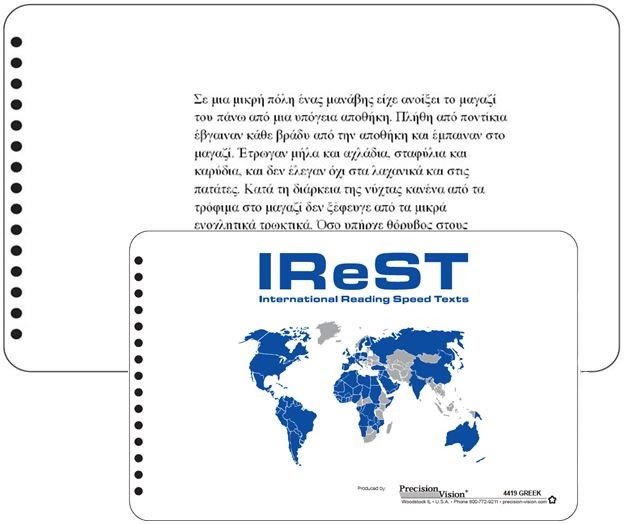



Snellen Eye Test Charts Interpretation Precision Vision



My Vision Is 0 Is This The Borderline For Legal Blindness Quora
If it is in the sphere column, it measures diopters, meaning the strength/correction needed for farsightedness or nearsightedness If nearsighted there is a minus sign " – " before the number or moderate low vision /0 or worse, this is considered severe visual impairment, or severe low vision /500 to /1000, this isStarting Point 6 To 8 Diopters This isn't super awesome, mostly just because it'll take you a little while to make it back to / Which one could say, is actually kind of awesome So far all the socalled professionals and doctors have been telling you that nothing at all can be done about your bugeyed level of shortsightednessA dioptre (British spelling) or diopter (American spelling) is a unit of measurement of the optical power of a lens or curved mirror, which is equal to the reciprocal of the focal length measured in metres (1 dioptre = 1 m −1)It is thus a unit of reciprocal lengthFor example, a 3dioptre lens brings parallel rays of light to focus at 1 ⁄ 3 metre A flat window has an optical power of
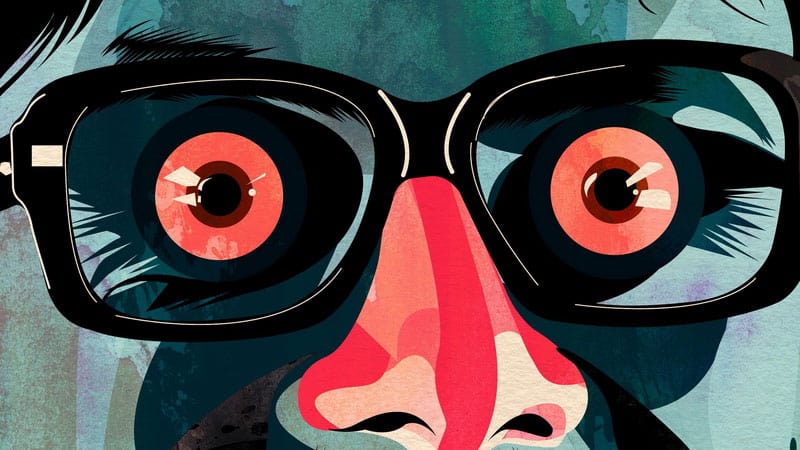



Kim S One Year Update 7 5 Diopters Down To 4 Diopters Endmyopia Improve Eyesight Naturally




Reading Acuity An Important Parameter Of Reading Performance Sciencedirect
/ Vision How to convert / based measure to Diopters Expectation and Your Vision pin Converting Prism Into an Order Measure the lengths horizontally and vertically and convert to the approximate amounts of pin /500 Well, all right, that sure looks helpful And it's not totally useless For some people it will be about right For others, it will be way off For hyperopia, people often just try a few pairs of glasses on at the drug store and buy the pair that helps them read the book in their handsBlurrier /400 than the 45 but generally, /400 represents a moderate of myopia around 5 diopters One website said the range was 4 to 6 for /400 and your best corrected vision played a big factor Someone whos /15 corrected needs more diopters to see the same blur as another with /30 corrected For me, my left eye at 5 or so




Snellen Eye Test Charts Interpretation Precision Vision




Low Vision And Vision Rehabilitation Aoa
/40 equals about 1 diopter, the limit for driving a car unrestricted (interesting that you don't need to drive with glasses at 1, don't you think) /0 supposedly equals 5 diopters So test your eyes, and see for yourself if your glasses might be too strong Some people cannot be refracted to / or beyond It is thus possible, for example, to have a person with only 100D (or less) refractive error, but still have a best corrected VA of /100 or worse In such a case, a poor VA could be indicative ofThe bad vision (eg /400) could be from myopia, or farsightedness, or astigmatism, or an organic cause These "diopter" prescriptions might all cause about /400 vision 400 225 375 * 135 400 (at age 50) 050 with esotropia or "crossed eyes" Mike Tyner, OD




Pdf Measuring Vision And Vision Loss



1
/ Vision How to convert / based measure to Diopters Just about everyone with defective See More >> Natural Vision Improvement Online Classes View Classes here Disclaimer Please note that teachers or coaches at Happy Eyesight do not purport to diagnose, treat or cure any eye condition or disease Natural Vision Improvement isIf you are nearsighted (anything worse than about /50 vision), your optometrist will write you a prescription to improve your long distance vision This describes, in a measure called diopters , the refractive power of your new glasses or contactsLearn MoreVISIT HERE http//GetVisionBackcbguideinfoSee How To Restore Your Vision To / How To Convert Diopters To / VisionQuantum Vision



Q Tbn And9gcrkbeqanesxdrirfhi6ov7yswrdfbuehnua1zly L3ojrtbmhm5 Usqp Cau



Http Pp Centramerica Com Pp Bancofotos 328 6099 Pdf
4 diopters results in /300 for most people Some can still discern /0 while others cant quite see /300 5 diopters will result in a blurry /400 for many This is my pescription and I tested myself at /500 summary1 /402 /1003 /04 /3005 /400 or worse /400 is the largest E on many eyecharts500 vision in dioptersVisual acuity does not directly convert into diopters Lower corrections are usually consistent from one patient to another For instance, a 100 diopter correction usually belongs to a person with /40 vision Corrections higher than six diopters, either negative orRefractive errors, like nearsightedness, farsightedness and astigmatism are not the only factors that effect visual acuity, the / thing Problems with the retina can effect VA Glasses do not fix that So back to your question, and I can only give you my opinion as a non medical person
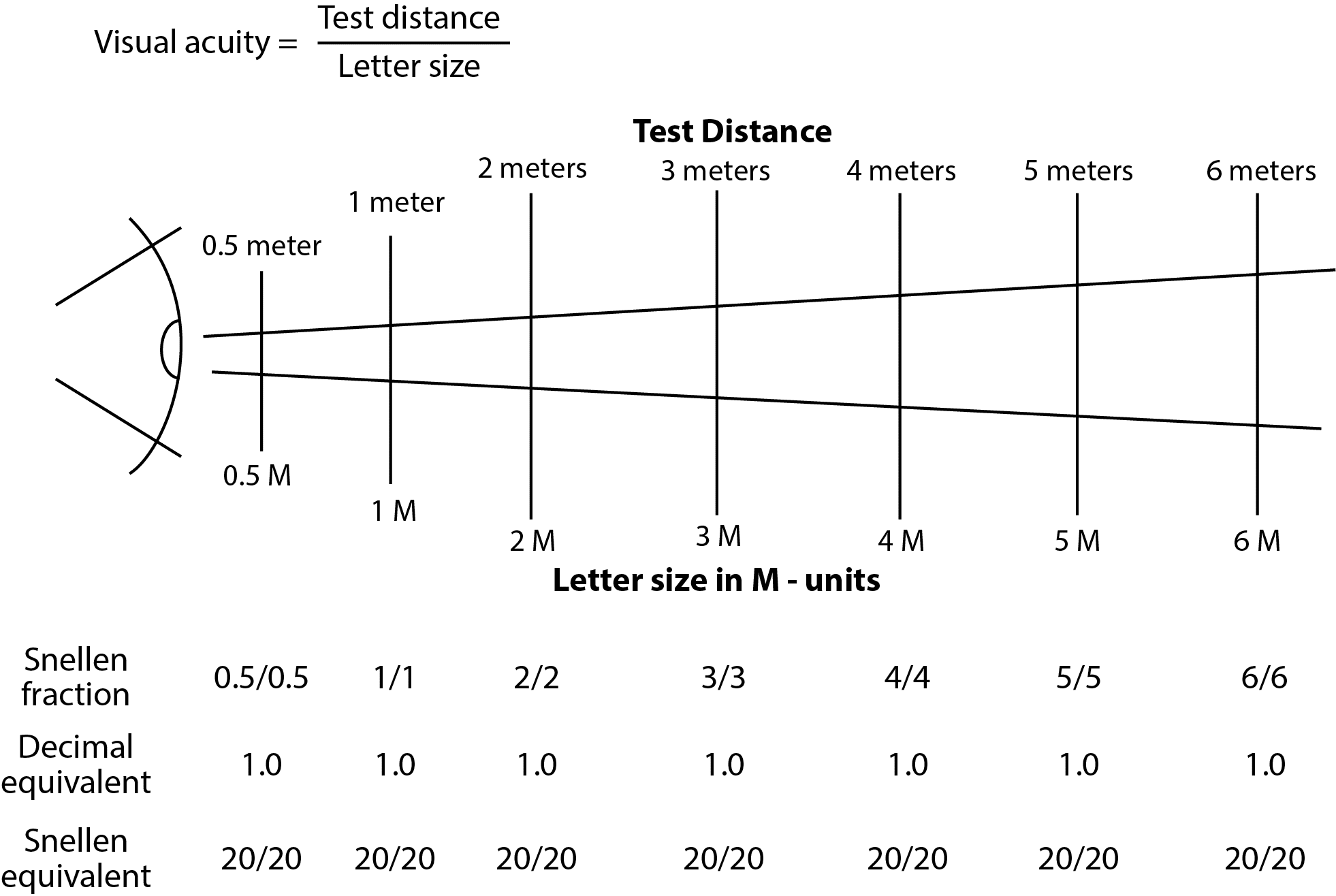



Snellen Eye Test Charts Interpretation Precision Vision




What Eye Prescription Is Considered Legally Blind Rx Safety
It is impossible to convert / vision directly into diopters because they are two different measures of sight However, there is a correlation between the measure of visual acuity (/) and the focusing power of corrective lenses (diopters) Individuals with / vision have average visual acuity, which means they see the same detail at aRoughly speaking, a person with 105 prescription could have a visual acuity anywhere between /1000 and/ Vision In Diopters / Vision In Diopters / Vision In Diopters Eye Exercise Eye Pressing Lasik Eye Surgery Cost Los Angeles Vision Problem Night How To Improve Eyesight By Home Remedies Improve Vision Palming Laser Eye Surgery Doctors Vision Vitamins Which Is Better Qsee Or Swann Vision Therapy For Autistic Children Vitamins Make Eyesight Better Improve Eyesight
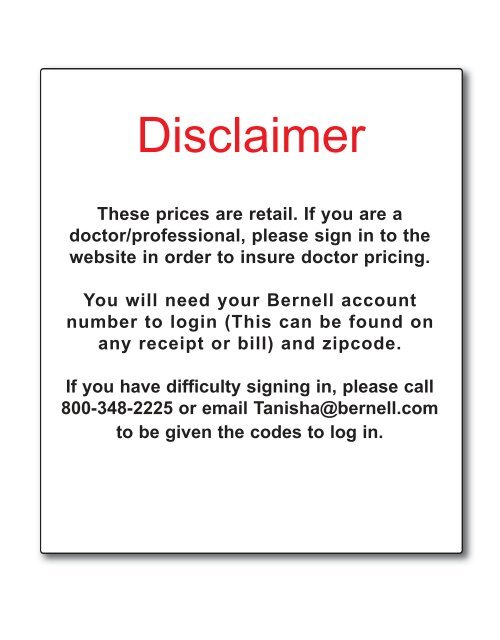



1 Frames Data
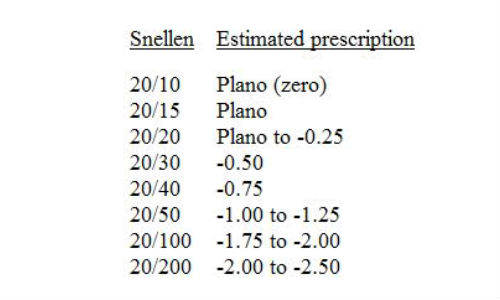



Converting Vision Between Diopters And Xx
I also know that my corrected vision in my left eye is somewhere between / and /15, so I correct to slightly better than normal What I don't know is how much worse my uncorrected vision is than / Having / vision means that you can read at feet the letters that someone with normal vision could read at feet The in / vision is 6 metres 300 is a diopter reading In this case it is myopia Myopia is a visual defect in which distant objects appear blurred because their images are focused in front of the retina rather than on {it;} nearsightedness Also called short sightThe prism diopter, symbol online "^", represents a displacement of 1cm at 1 m distance 2^ produces a displacement of of 2 cm at 1 meter distance For measuring prisms in opthalmic spectaclesthe Prentice or tangent scale is used This consists of a block (P) separated by a distance (x) meters from a scale (S) The



2
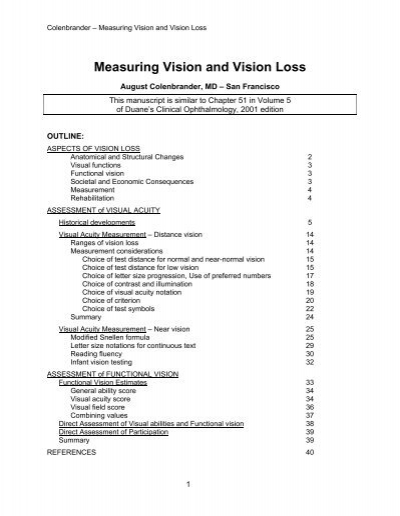



Quot Measuring Vision And Vision Loss Quot Smith Kettlewell Eye Research
The EndMyopia method tells us to measure our "distance to blur", but so many of us find it hard to know exactly where that blur s/(OD) and / (OS) for a 5 to 15 years of age subject >This example indicates a 250 diopter variance in refractive power, identified as "anisometropia" >"Complete Eye Exam Recommended" is properly identified for the subject even when the conversion indicates / 1 2 3 Visual Acuity conversions not intended as anWhile the / vision system measures how well you can see compared to a healthy benchmark, diopters measure the focusing power of your glasses The prescription is measured in diopters, the refractive power of your new glasses or contacts You will get a separate diopter



1



What Prescription Of Eyeglasses Is 50 Vision Equivalent To Quora
The eye of a typical young person can adjust an additional diopters By age 25 this focusing flexibility is usually reduced to about 10 diopters Due to natural weakening of eye muscles that focus your vision and hardening of the eye lens, by age 45 the human eye isWith proper glasses, you will get / vision With undercorrected glasses, you will get something less than that Diopters refer to the strength of the spectacle lenses, not your visual acuity Since they are referring to 2 different things, you can't directly convert one to the other Some people will see /40 with 050D undercorrected glasses Variances from the 'ideal' / can be caused by myopia, astigmatism and other variables including the lighting in the room /something provides a descriptive approximation of visual acuity The power of a lens placed in front of the eye to correct for myopia is measured in terms of diopters
/Snellen_chart-7d82f27667194a91959b5ef2682d0a19.jpg)



Legally Blind Meaning Eligibility Causes Treatment
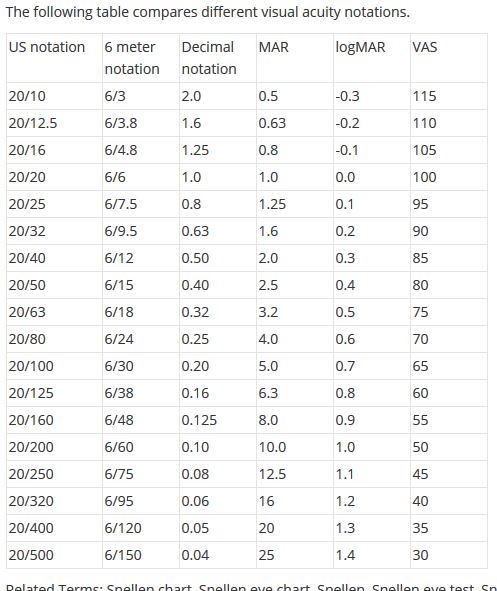



Posted 17 Months Ago Thank You For The Update I M Glad Your Wife Is Doing So Well All Of Your Posts Have Been Very Helpful I Look Forward To Hearing Her Final Numbers My Prediction Is 25 For The Far Eye 1 75 For The Intermediate Report Delete Reply
Your vision sharpness drops to /0 at about 133 mm (5 inches) and /1000 at about 285 mm (11 inches) That means you won't even be able count fingers at half a foot from your eyes! Understanding What / Vision Means The number is based on you standing a distance of feet (considered to be the norm) in front of a Snellen or Tumbling E eye chart to test your visual acuity If during an eye test you can read the big E at the top of the eye chart, but none of the letters below that, your vision is considered /0How do you convert between acuity (noted as /50, /100, etc) and a glasses prescription in diopters (2, 5, etc) ?




Myopia A Modern Yet Reversible Disease Getting Stronger



What Are 2 25 And 0 50 Converted To For Glasses Quora
Few people are totally without sight /0 or worse, this is considered severe visual impairment, or severe low vision /500 to /1000, this is considered profound visual impairment or profound low vision Less than /1000, this is considered neartotal visual impairment or neartotal low vision 075 diopters for /30 100 diopters for /40 125 diopters for /50 175 diopters for /70 225 diopters for /100 350 diopters for /0 The charts above show what youd see with diopters of myopia I have simulated the blur to portray various diopters Below, I am making charts to simulate astigmastim The /40 letters are twice the size of / letters;




Phakic Intraocular Collamer Lens Visian Icl Implantation For Correction Of Myopia In Spectacle Aversive Special Needs Children American Journal Of Ophthalmology
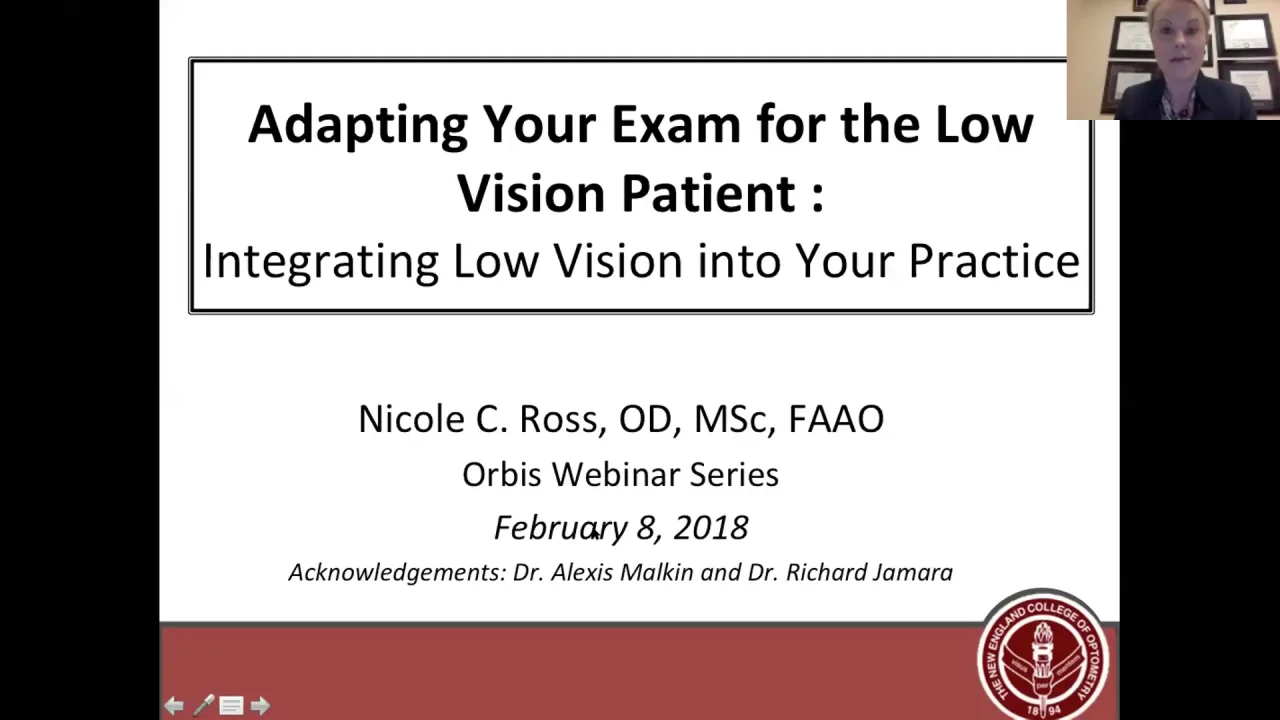



Lecture How To Adapt Your Examination For A Low Vision Patient Cybersight
/ 630 6 / 190 0032 4 / 125 15 / 500 6 / 150 004 4 / 100 14 / 400 6 / 1 005 4 / 80 13 / 3 6 / 95 006 4 / 63 12 / 250 6 / 75 008 4 / 50 11 / 0 6 / 60 01 4 / 40 10 / 160 6 / 48 0125 4 / 32 09 / 125 6 / 38 016 4 / 25 08 / 100 6 / 30 02 4 / 07 / 80 6 / 24 025 4 / 16 06 / 63 6 / 19 032 4 / 125 05рядків ft 6 m Decimal 4 m Log MAR;The line 1, /0, means if you have the normal / vision, then you can see the big E on line 1, from 0 feet away If you can read the lines below / from feet away, you have what's called "Supernormal" vision Many airline or fighter pilots go through vision training to obtain supernormal vision (usually /10) to see details better in space when they fly the plane




Faq For Vision Improvement By Hormetism Getting Stronger




Midtown Optometry Eye Exam
How to find your strength? The American Foundation for the Blind states that /0 vision is the clinical definition for legal blindness Therefore, a person with /600 vision is considered legally blind With /600 vision, an individual sees people only as shapes, WPTV indicates CNN explains that this level of eyesight impairment is comparable to a newborn's eyesightYou can probably find someone to suggest a conversion table or another way to convert it, but there is no such conversion




Sight The Story Of Vision Flip Book Pages 251 300 Pubhtml5
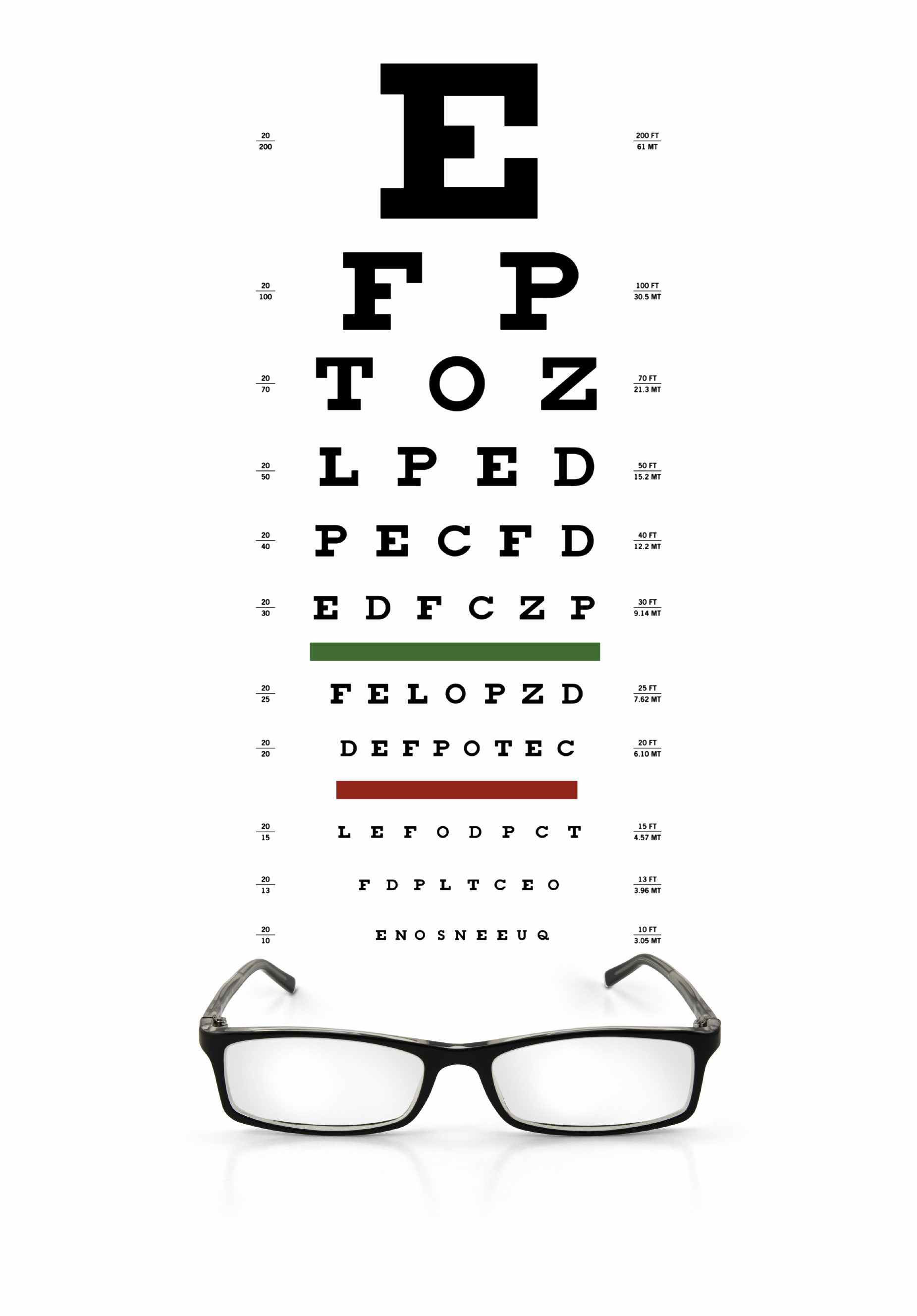



Understanding Your Eyeglass Prescription Discovery Eye Foundation




Lens Thickness How Thick Will The Glasses Be By Pott Glasses




Presbyopia And Ocular Conditions Causing Near Vision Impairment In Older Adults From The Brazilian Amazon Region Sciencedirect



My Eyesight Is 0 04 Or 500 American English Wordreference Forums




1 To Glasses Thickness Comparison Youtube



What Is Low Vision If A Person Need A Pair Of Glasses Of 12d 12d Is The Person Low Vision Quora




Conversions Between Letter Logmar And Snellen Visual Acuity Scores Download Table



Visual Acuity Wikipedia
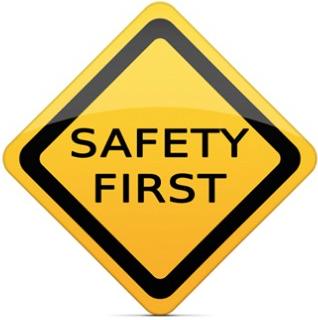



Vision How To Convert Based Measure To Diopters Happy Eyesight



Minus Eyesight Means Promotions
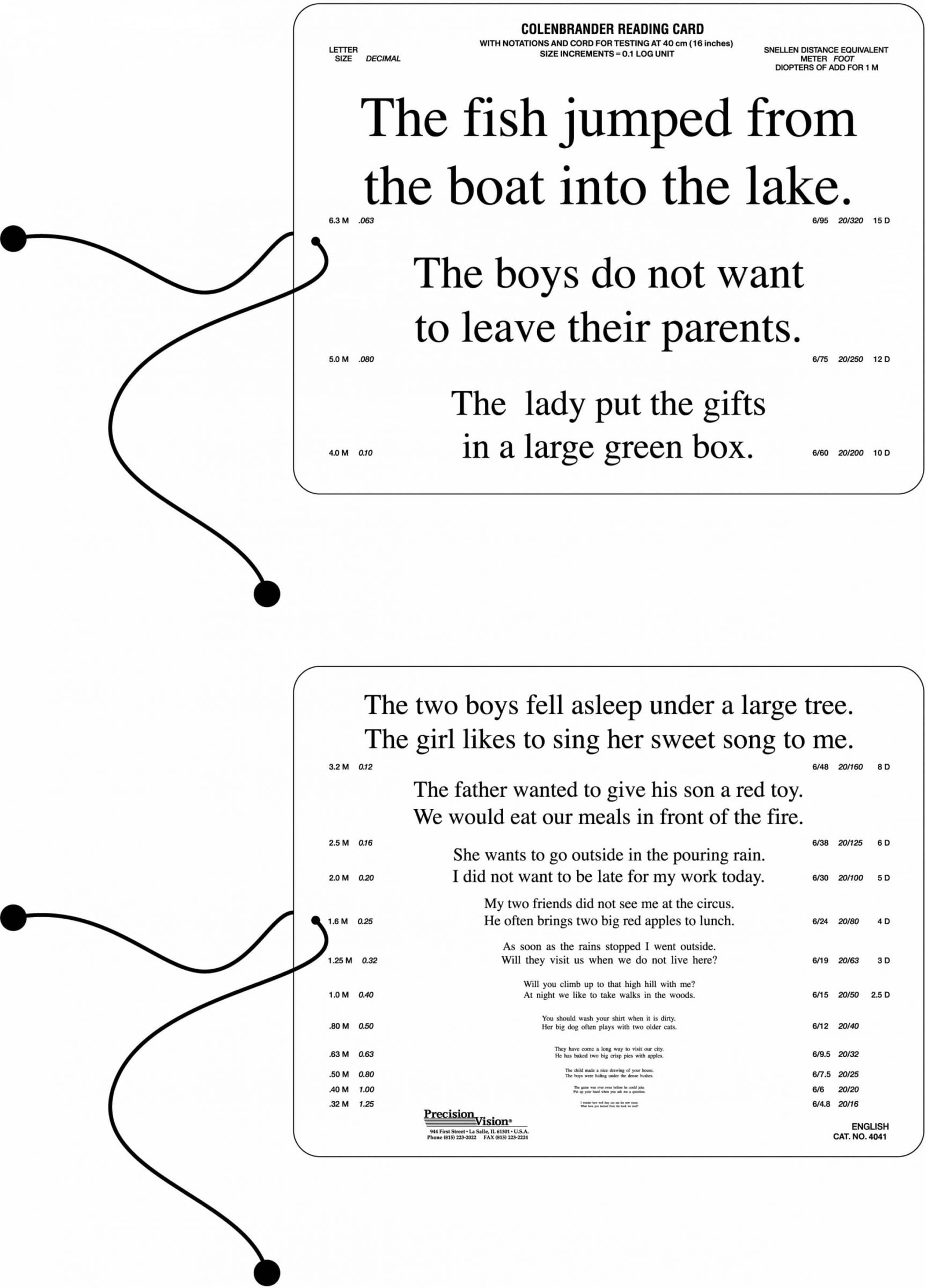



Colenbrander Reading Card Near Vision Standard Contrast Precision Vision



Self Acceptance Alexandra Robbins




Refractive Error Diopters And Visual Acuity In Logmar Scale Download Table




Visual Aquity Pdf Contrast Vision Visual Acuity



What Does A 3 75 Prescription Translate Into Quora




Diopter To Snellen Calculator How Do I Convert From Diopters To Vision



Pdfs Semanticscholar Org D78b 48d5bcbe3f8a93f4fd67b921f0eb2accd5 Pdf




Visual Acuity Wikipedia



How To Convert A Diopter To Visual Acuity Quora
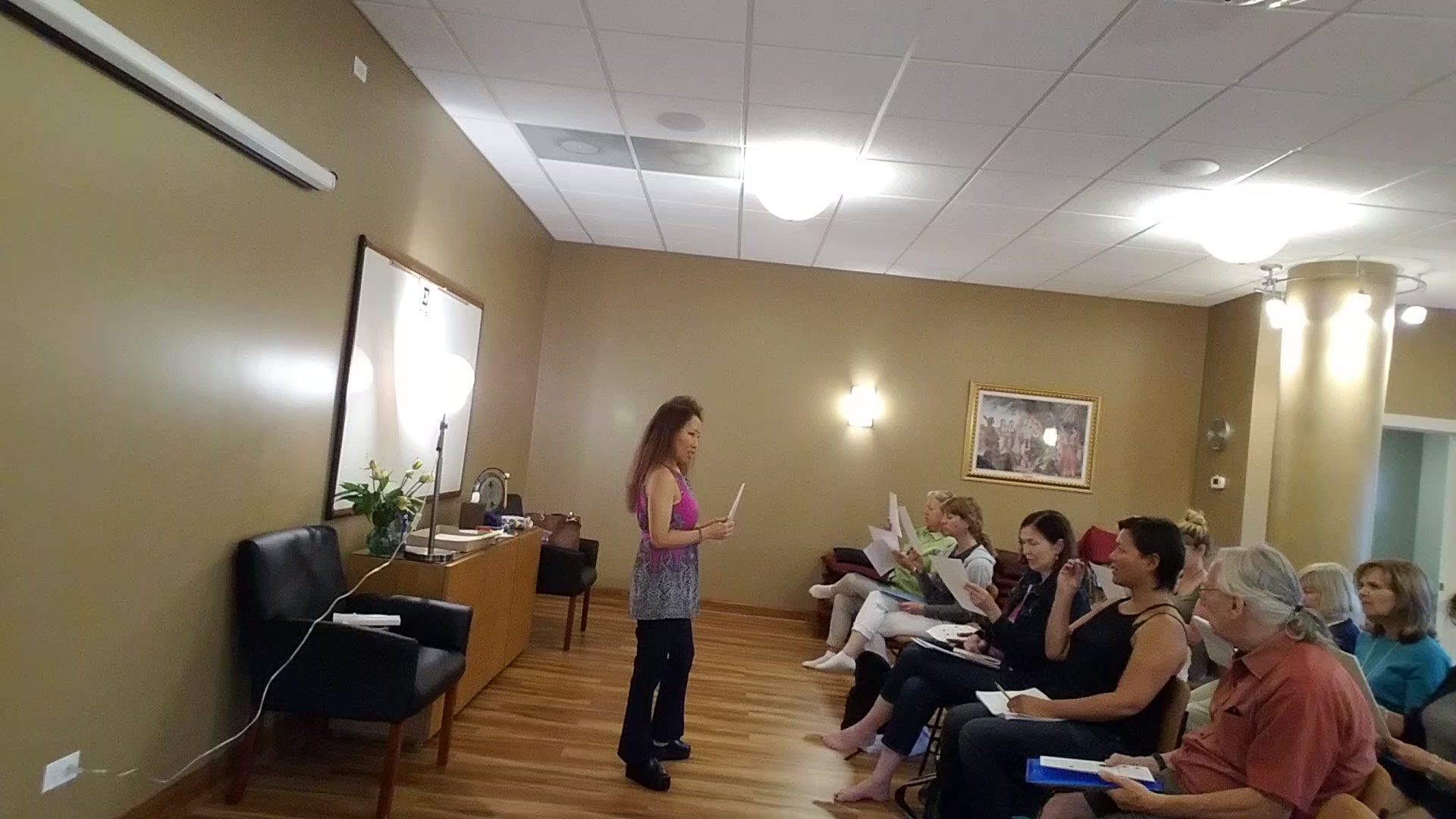



Proof Of Vision Improvement From Natural Vision Class Happy Eyesight




Lasik Qualification Does My Vision Need To Be Really Bad



What Should I Do If My Eyesight Is Over Than An Extreme 10 Diopters Quora




Refractive Error Diopters And Visual Acuity In Logmar Scale Download Table
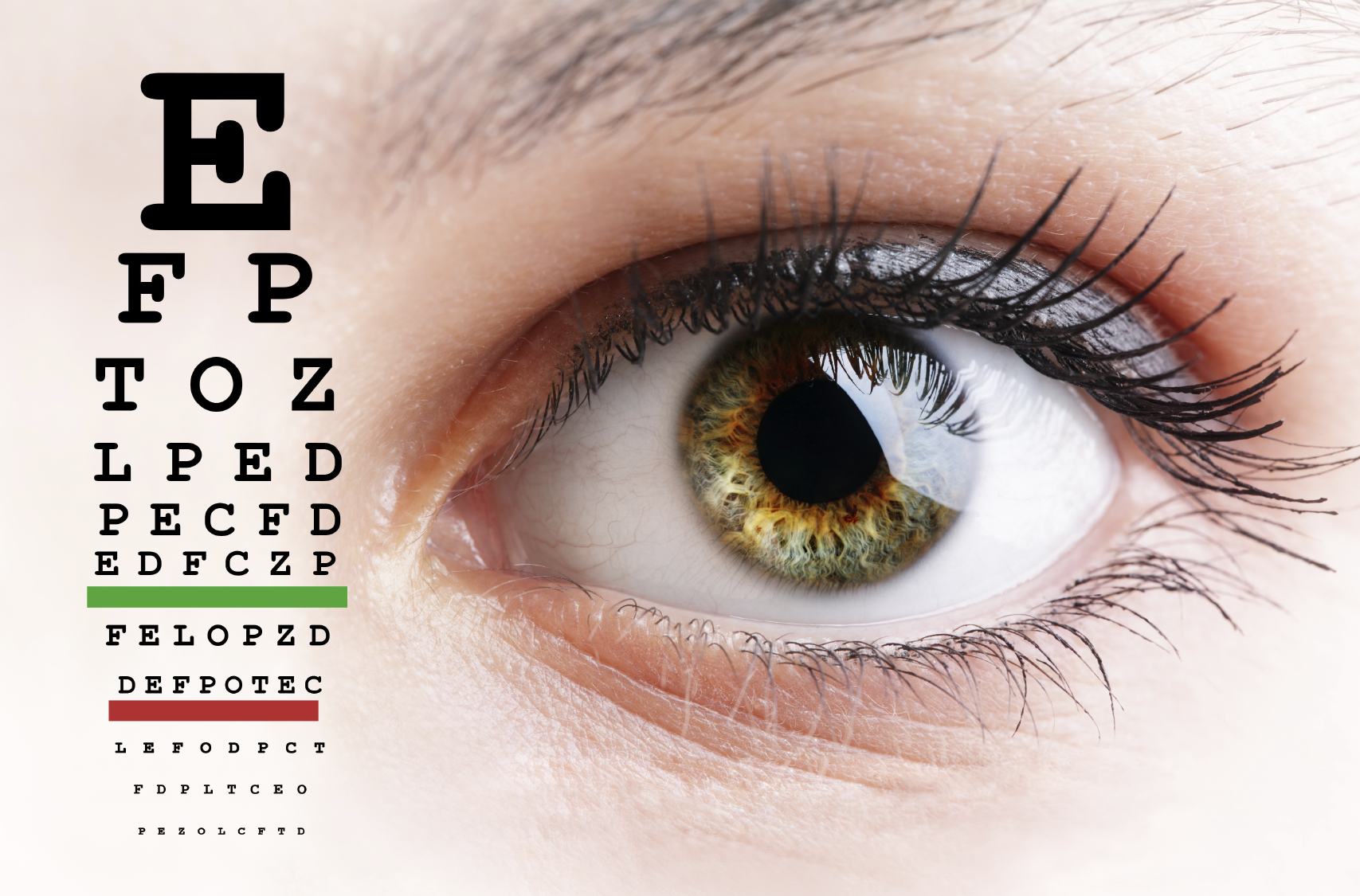



Vision How To Convert Based Measure To Diopters Happy Eyesight



Volume 5 Chapter 51 Measuring Vision And Vision Loss




6 Tips To Reduce Myopia Nearsightedness In Children And Adults
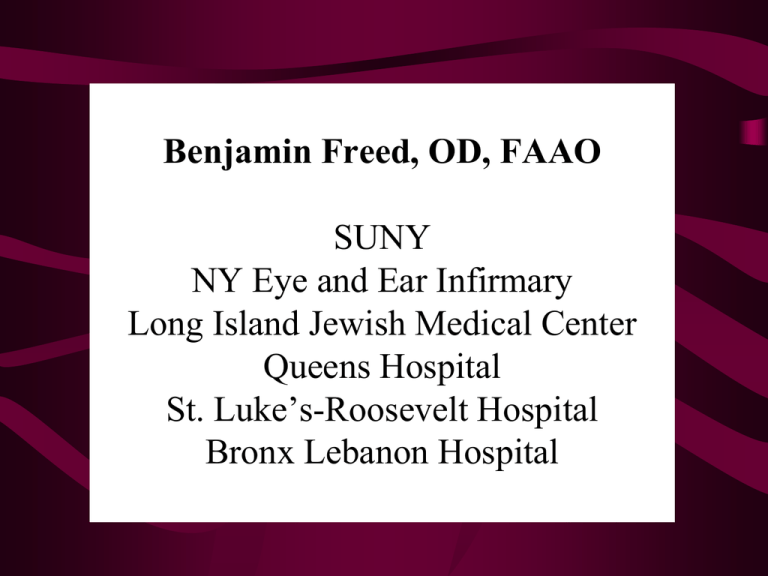



Orientation To Low Vision




Principal Cause Of Poor Visual Acuity After Neovascular Age Related Macular Degeneration Ophthalmology Retina
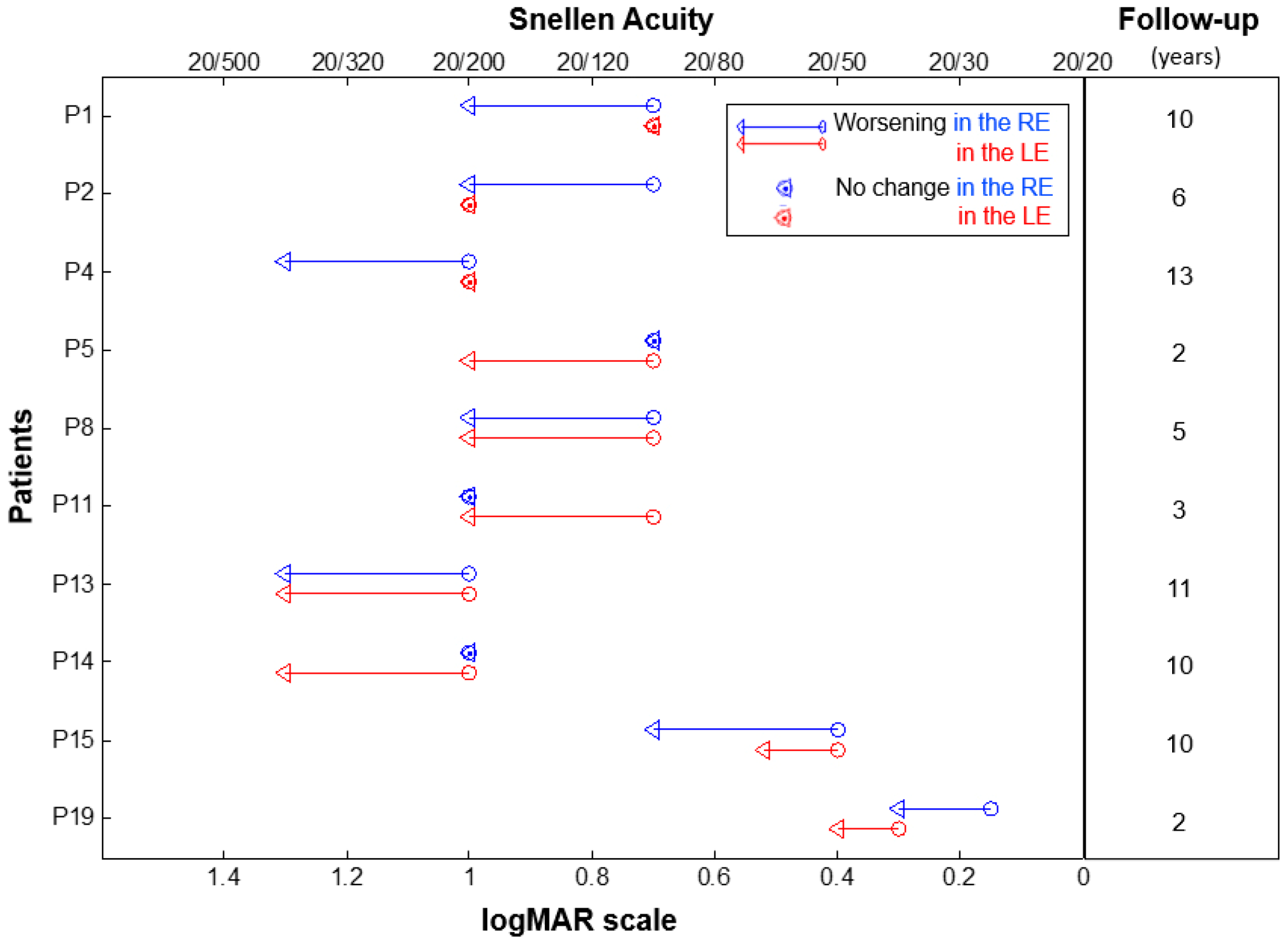



Ijms Free Full Text Clinical And Molecular Characterization Of Achromatopsia Patients A Longitudinal Study Html




Is My Eye Prescription Bad Plus What Is Legally Blind




Our Readers Want To Know What Is The Difference Between Low Vision And Legal Blindness Visionaware




References In Peripapillary Sparing In Autosomal Recessive Bestrophinopathy Ophthalmology Retina




Is My Eye Prescription Bad Plus What Is Legally Blind
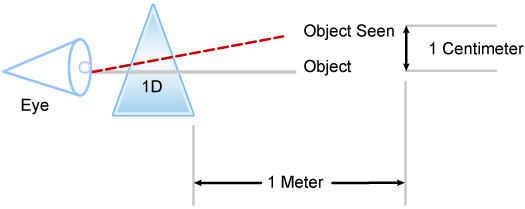



Vision How To Convert Based Measure To Diopters Happy Eyesight




Visual Acuity Wikipedia




How Can I Convert A Diopter To Visual Acuity Optician




Pdf Measuring Vision And Vision Loss
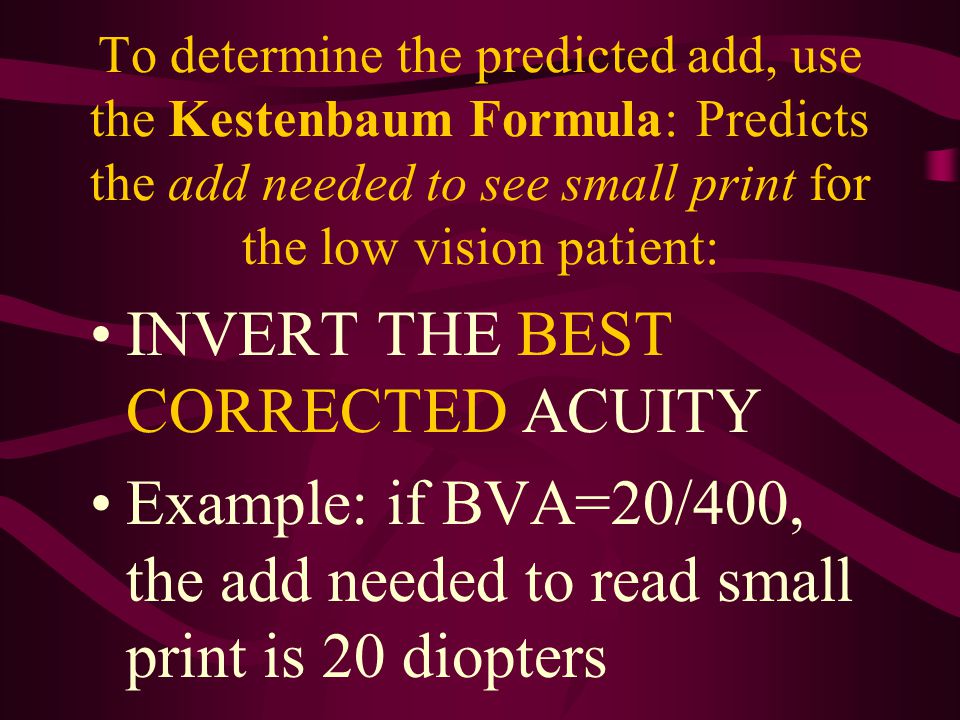



Legal Blindness Data Collected From The National Health Interview Survey On Disability Indicate That Approximately 1 3 Million Persons Reported Ppt Video Online Download




Colenbrander Reading Card Near Vision Mixed Contrast Jutronvision



2




Cts Clinical Trial Suite Studies By M S Technologies Issuu
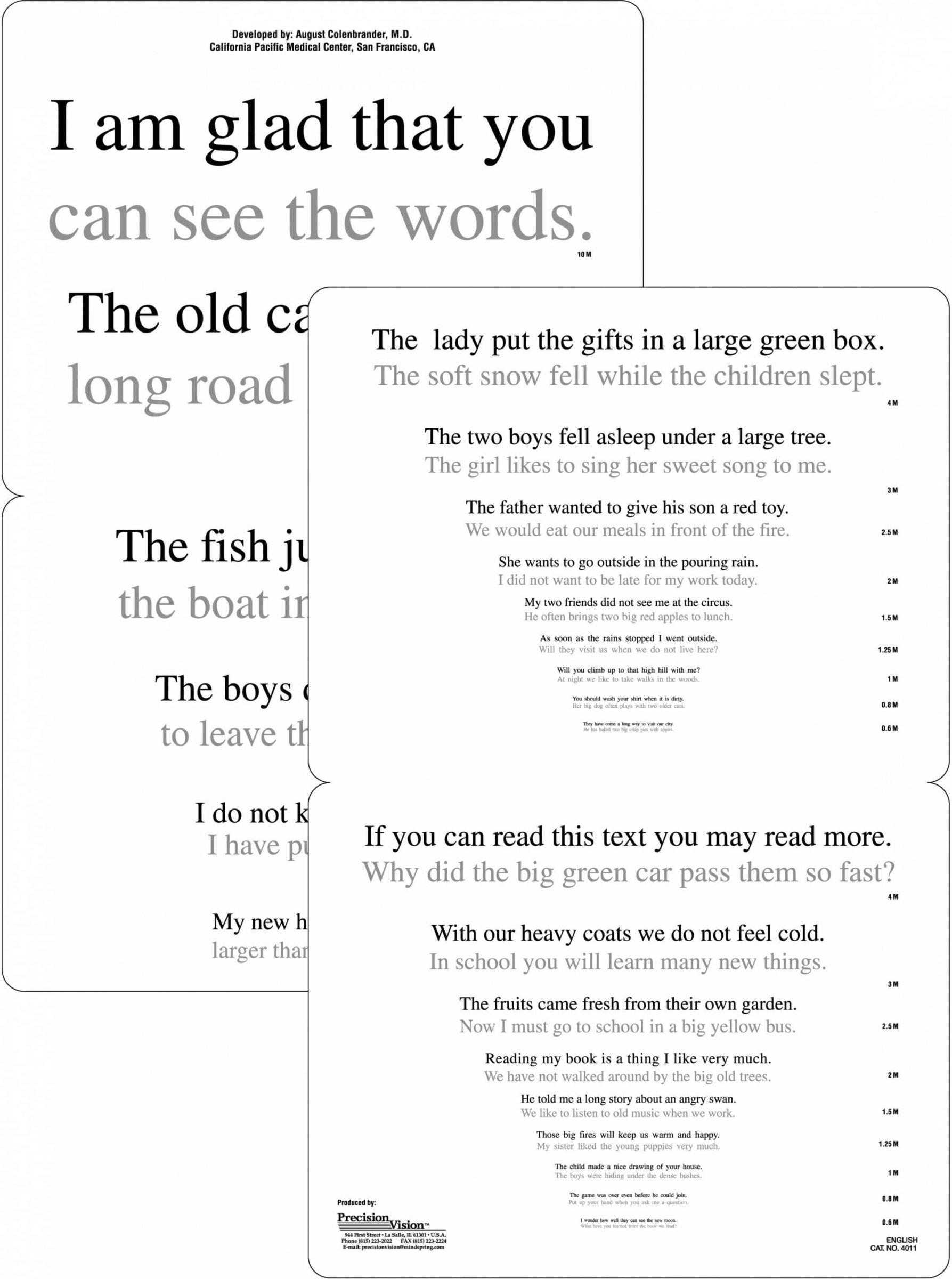



Low Vision Mixed Contrast Colenbrander Reading Chart Precision Vision




Ranges Of Visual Acuity Loss Download Table




Eyeglass Prescription Wikidoc




Low Vision Standard Contrast Precision Vision
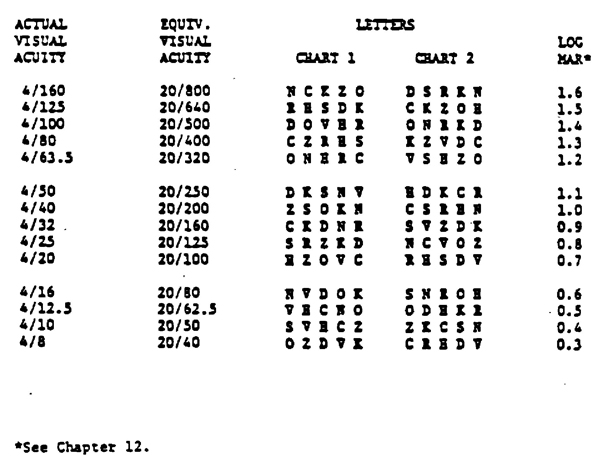



Diabetes Control And Complications Trial Dcct And Epidemiology Of Diabetes Interventions And Complications Study Edic Dbgap Study Accession Phs V2 P1 Note This Version Of The Study Has Been Superseded See Most Recent Version




Legal Blindness Data Collected From The National Health




Refractive Error Diopters And Visual Acuity In Logmar Scale Download Table



The Bates Method How To Improve Eyesight And Overcome Blurry Vision Without Eye Exercises Visions Of Joy




Vision Simulator For Common Eye Problems Myeyedr



Osa Simulation Of Eccentric Photorefraction Images




Is My Eye Prescription Bad Plus What Is Legally Blind
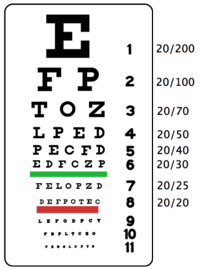



Our Readers Want To Know What Is The Difference Between Low Vision And Legal Blindness Visionaware
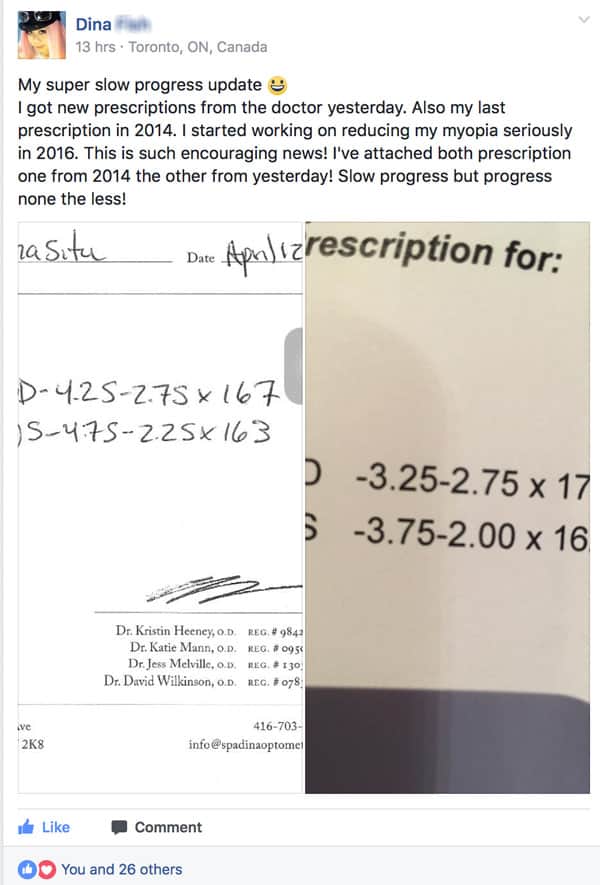



Dina 4 25 Optometrist Confirms 1 Diopter Vision Improvement Endmyopia Improve Eyesight Naturally




Vsp Vision Simulator Vsp Vision Plans




Jaypeedigital Ebook Reader



What Is My Eyesight If My Contact Lense Prescription Is 10 5 Is That Like 100 Quora
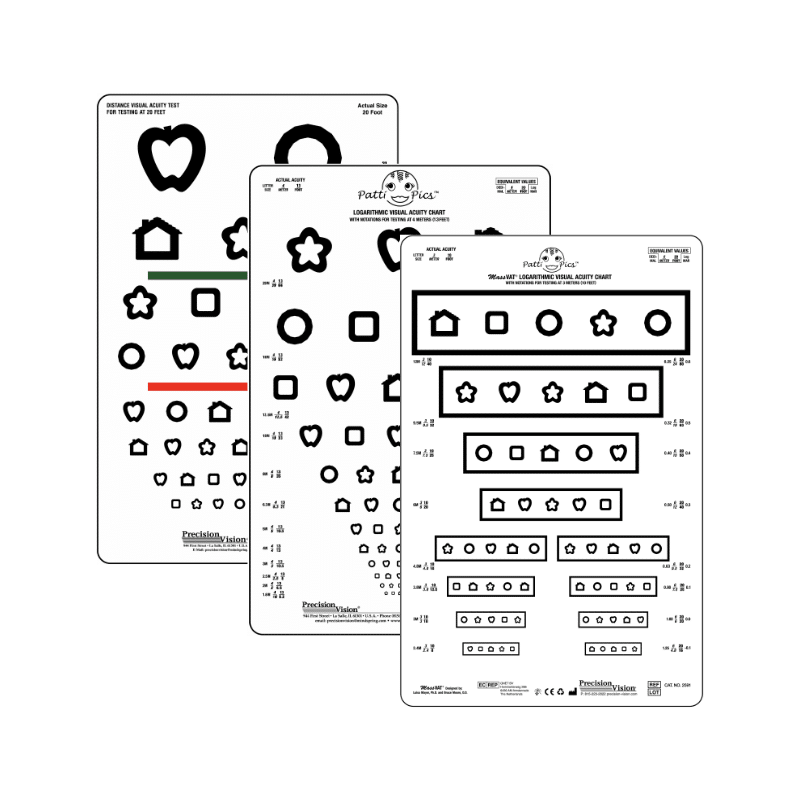



Snellen Eye Test Charts Interpretation Precision Vision



Http Www Icoph Org Downloads Visualstandardsreport Pdf




Woa1 Use Of Corneal Hardening Agents In Enzyme Orthokeratology Google Patents




Ranges Of Visual Acuity Loss Download Table



Volume 5 Chapter 51 Measuring Vision And Vision Loss
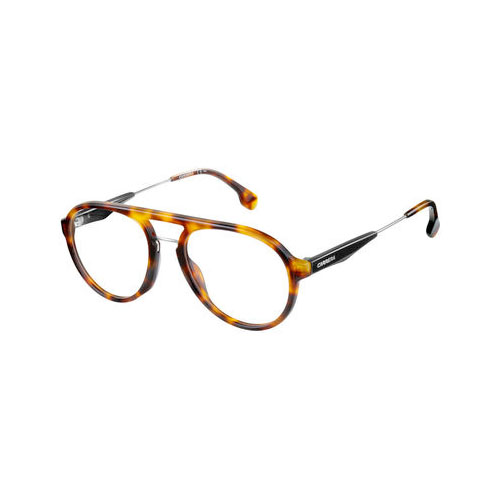



What Eye Prescription Is Considered Legally Blind Rx Safety




Pdf Guideline Development For The Evaluation Of Visual Impairment In Korea




What Is Vision How To Convert Diopters To A Measure



Www Reddingmedical Com Documents Spot vs100 vision screener conversion chart instructions Pdf



Volume 5 Chapter 51 Measuring Vision And Vision Loss



Www Reddingmedical Com Documents Spot vs100 vision screener conversion chart instructions Pdf




Sight The Story Of Vision Flip Book Pages 251 300 Pubhtml5




Visionsimulations Com




How Visual Acuity Is Measured Living Well With Low Vision




Is My Eye Prescription Bad Plus What Is Legally Blind



Volume 5 Chapter 51 Measuring Vision And Vision Loss
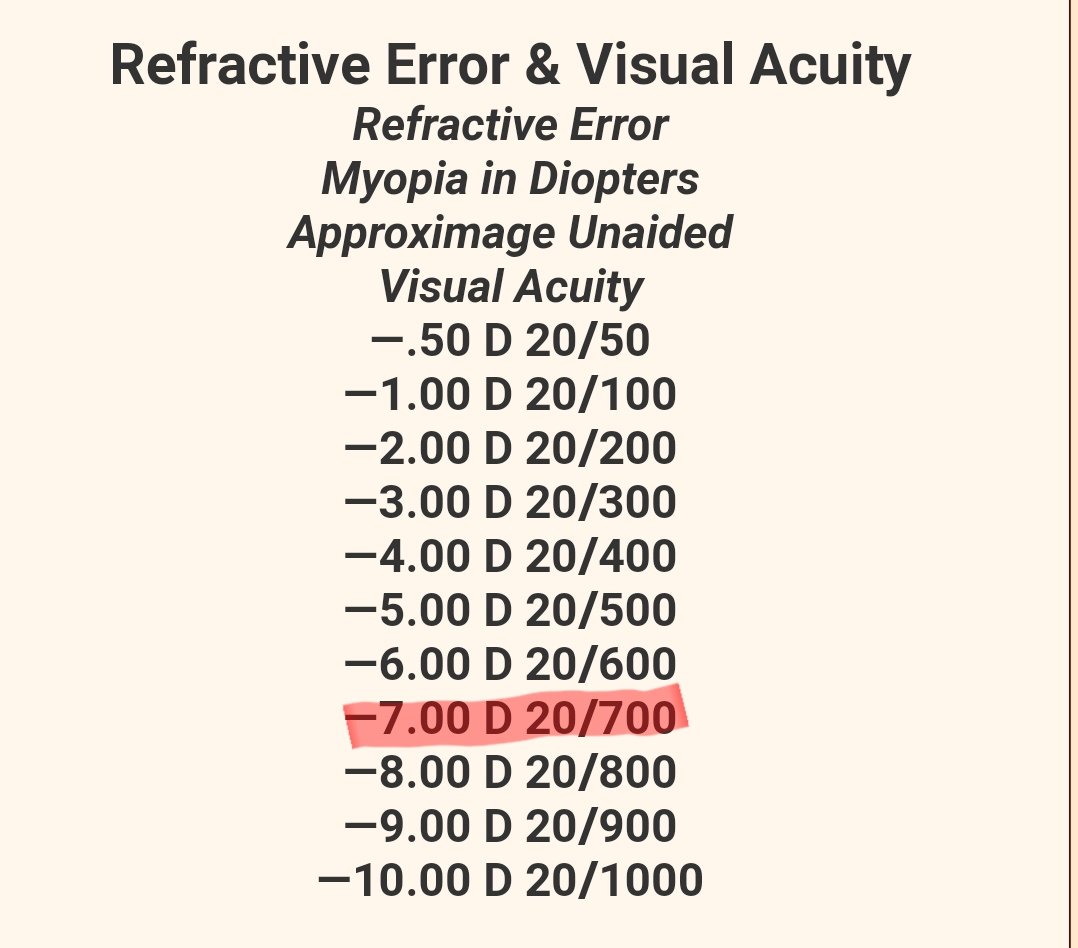



Uzivatel Echo Na Twitteru Of Course He Loses Things He S Got A 7 Prescription The World Is Literally One Big Shapeless Blob Do You Know How Hard It Is To Find



1



0 件のコメント:
コメントを投稿